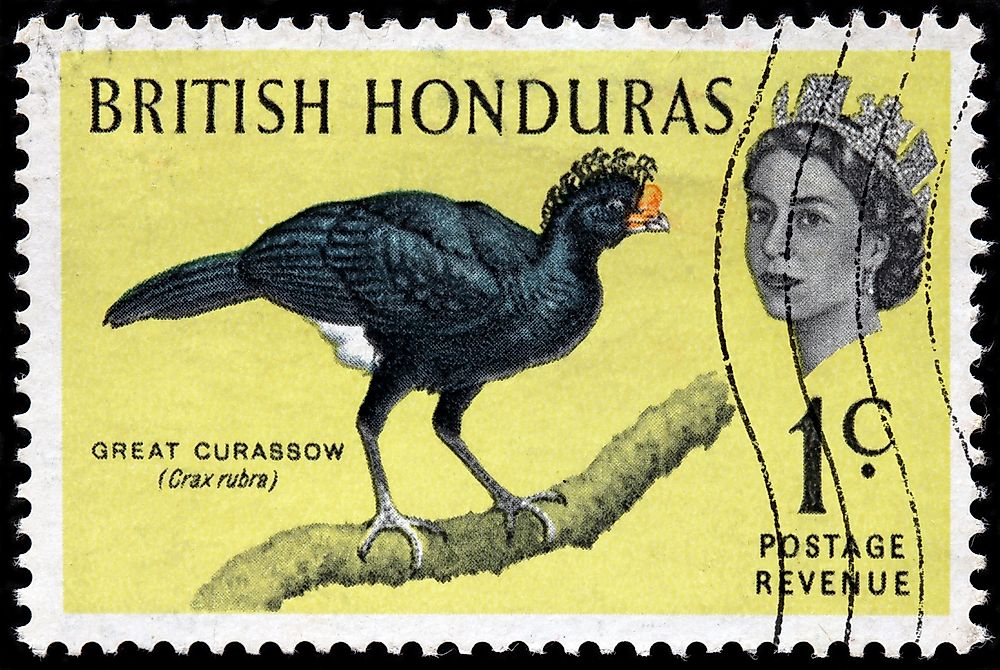Which Country Was Known as British Honduras?

British Honduras was the last British possession in the Americas which was on the eastern shores of Central America which they governed for about 102 years after declaring it their colony in 1862. British Honduras became an autonomous territory in 1964 and was renamed Belize before gaining its independence in September 1981. The territory was an outcome of the Treaty of Versailles which the Spanish and the British signed in 1783. The treaty allowed the British to harvest wood in the area between Belize and Hondo Rivers. It was later expanded by the 1786 Convention of London to include the region between Sibun and Belize rivers.
Establishment Of The Crown Colony
The forestry industry’s influence over the region and its control in colonization stalled diversification of economies and development of agriculture in the Caribbean. British Honduras had unused and sparsely populated land, which was controlled by some Europeans and Land ownership was more consolidated in the region, especially during the mid-nineteenth century’s economic depression. The depression resulted in the reduction of the settlers in the area and an increase in British land ownership with the predominant owner being the British Honduras Company.
Merchants and landowners controlled the Legislative assembly which was in charge of the territory’s expenses and revenue. The landowners were against land taxation and favored an increase in importation charges while the merchants favored the opposite. The difference in interest resulted in a stalemate in the Legislative Assembly, and they were not able to agree on how to raise enough revenue. Therefore they gave up their political rights and allowed the British to take over the territory. The British Honduras Company which owned over 50% the land in the colony by 1875 became a London-based firm known as the Belize Estate and producing company, which meant that the company was the leading force in the colony’s politics for a century.
Government
Before 1884, the region’s administration was haphazard since they governed themselves under numerous public meetings. British Honduras adopted Burnaby’s codes in 1765 which were in effect until 1840 when they established an executive council. British Honduras adopted a legislative assembly which was presided over by the British superintendent. It was administered as a dependency of the Jamaican colony from 1749 to 1884.
After it was designated a Crown colony, the Lieutenant Governor took over from the Superintendant under the governor of the Jamaican province and the Legislative assembly was replaced by nominated legislative council. The territory got a Governor in 1884. The Legislative franchise was introduced in 1935, and by 1954 most of the legislature seats were elective. The British launched the ministerial system in 1961 before the colony achieved the sovereignty in 1964.
Independence
The colony faced two crucial obstacles to independence; the Guatemala's long-standing claim over the entire region and the reluctance of the United Kingdom to allow the locals to govern themselves. The British allowed the colony to be independent and only governed the internal security, foreign affairs, and defense. The name of the territory was changed to Belize on June 1, 1973, while they waited to gain their independence. The boundary issue remained unsettled even after they gained their independence in September 1981.











